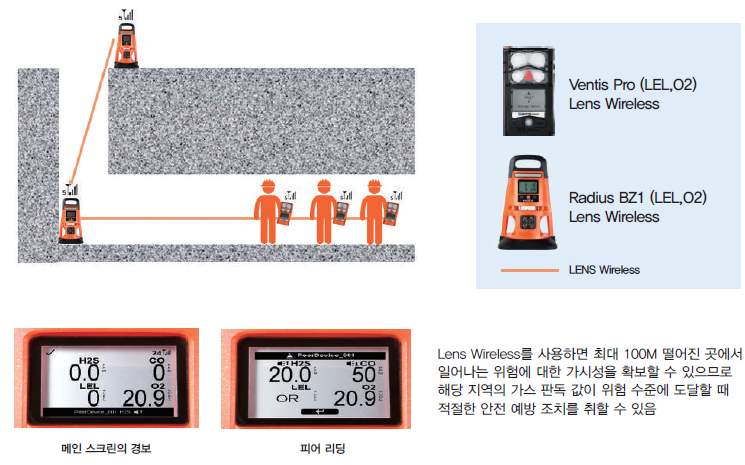
iNet Now
To arrange the procurement of a gas detection system with
the specified features, including real-time warning capabilities for panic and
manhole incidents in gas leak areas, instrument status tracking through text
messages, email alerts, and real-time maps, as well as Bluetooth connectivity
and location updates, follow these steps:
Product Feature
1. Product Research:
- Start by
researching manufacturers or suppliers that offer gas detection systems with
the specified features, including advanced tracking and communication
capabilities.
2. Contact Manufacturers or Suppliers:
- Contact the
manufacturers or suppliers you've identified and inquire about the availability
of a gas detection system that meets your criteria. Clearly communicate your
requirements and expectations for real-time warnings, tracking, and
communication.
3. Request Quotations:
- Request
quotations for the gas detection system that aligns with your needs. Ensure
that any warranty information and additional services, such as calibration and
maintenance, are clearly outlined in the quotation.
4. Demo and Evaluation:
- If possible,
arrange for a product demonstration to ensure that the system meets your
expectations and is user-friendly.
5. Choose the Right Product:
- Evaluate the
options presented to you and select the gas detection system that best fits
your requirements and budget.
6. Purchase and Delivery:
- Place your order
with the chosen manufacturer or supplier and confirm the delivery terms.
7. Installation and Training:
- Coordinate the
installation of the gas detection system and ensure that your team receives
proper training on its operation and maintenance.
8. Real-Time Warning and Tracking:
- Familiarize
yourself with the real-time warning system for panic and manhole incidents and
configure it as needed. Additionally, set up the tracking system for instrument
status and operator location updates.
9. iNet Connectivity:
- If the system is
compatible with iNet, connect it to the iNet platform to enable automatic
status and location updates for operators.
10. Bluetooth Connectivity:
- Ensure that the
system can connect up to 9 meters via Bluetooth and configure it for reliable
communication.
11. Location Updates:
- Configure the
system to update the operator's status and location every 15 seconds as
required for real-time tracking.
Product Appication
By following these steps and working closely with the
manufacturer or supplier, you can arrange the procurement of the gas detection
system that meets your specific needs for real-time tracking, communication,
and safety warnings. Maintain proper documentation for warranty and service
records to ensure the long-term performance of the system.





